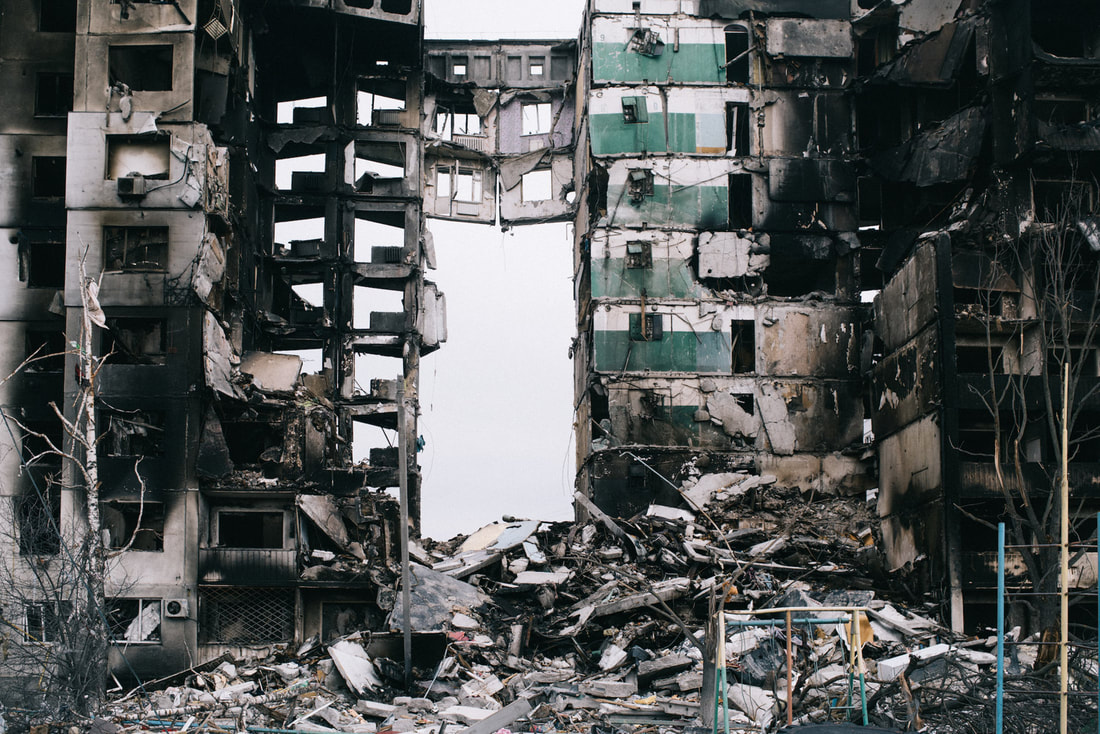Archiver
Veteran
Maxim Dondyuk, Ukrainian photojournalist, is not a member of Magnum but has been a finalist and winner in Magnum photography awards. His documentation of the war in Ukraine and other Ukrainian issues is vast and incisive. He started with a Nikon D70, went to the D700, D3S, got a D810 in 2015, and a D850 in 2023. He got a Fuji GFX100 in 2022 and Leica gave him a M11 for a year in 2023. Someone on RFF posted about him a couple of years ago, and I've been following his work ever since.

 www.lensculture.com
www.lensculture.com


Ukraine: Culture of the Confrontation - Photographs by Maxim Dondyuk | LensCulture
The winter of 2013 changed Ukraine forever — three months of bloody clashes, tears, fear, Molotov cocktails, burning car tires, deaths, and the struggle between groups with two opposing world views

A Long-Lasting Battle
This photo essay contains graphic images. The interview has been edited for length and clarity.
www.truthinphotography.org

